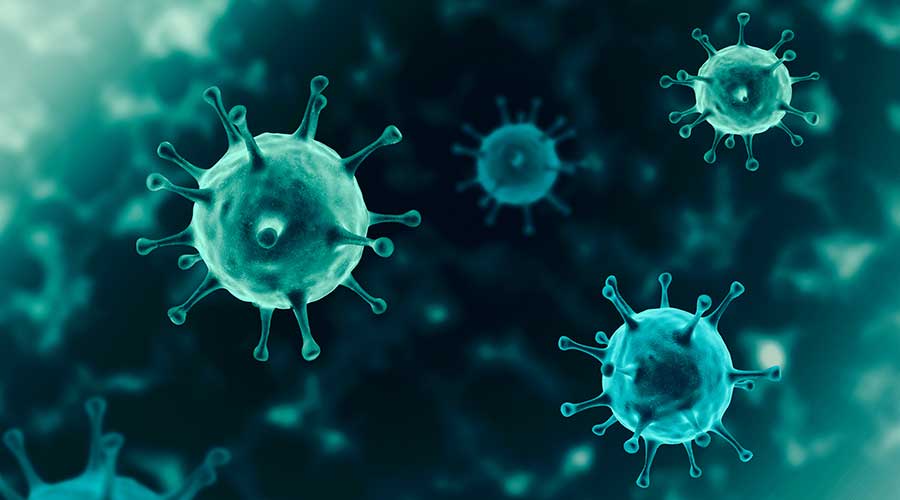The public health emergency that was first put in place in 2020 for the COVID-19 pandemic has officially ended.
Over the last year, Covid restrictions have eased as vaccines rolled out and case numbers dropped. According to the Department of Health and Human Services, over 270 million people have received at least one dose of the COVID-19 vaccine. Since 2021, COVID-19 related deaths have declined by 95 percent and hospitalizations are down 91 percent.
The end of the public health emergency signifies that the U.S. healthcare system and public health resources throughout the country are better equipped to respond to any potential surges of COVID-19 without significantly affecting an individual’s ability to access resources or care. In addition, public health experts have guidelines that allow individuals to best understand mitigation measures, such as masking and testing.
Access to COVID vaccines and certain treatments, such as Paxlovid and Lagevrio, will not be affected by the public health emergency ending. In addition, the flexibilities that telehealth brought to individuals throughout the pandemic will also not be impacted.
Changes that will be made because of the closure includes:
- Certain Medicare and Medicaid waivers and broad flexibilities for health care providers are no longer necessary and will end.
- Coverage for COVID-19 testing will change, but tests will remain accessible at no cost in certain community locations. Test kits will continue to be distributed through COVIDtests.gov until the end of May.
- Certain COVID-19 data reporting and surveillance will change.
- FDA’s ability to detect shortages of critical devices related to COVID-19 will be more limited.
- Public Readiness and Emergency Preparedness (PREP) Act liability protections will be amended
Mackenna Moralez is the associate editor for the facilities market.

 Building Sustainable Healthcare for an Aging Population
Building Sustainable Healthcare for an Aging Population Froedtert ThedaCare Announces Opening of ThedaCare Medical Center-Oshkosh
Froedtert ThedaCare Announces Opening of ThedaCare Medical Center-Oshkosh Touchmark Acquires The Hacienda at Georgetown Senior Living Facility
Touchmark Acquires The Hacienda at Georgetown Senior Living Facility Contaminants Under Foot: A Closer Look at Patient Room Floors
Contaminants Under Foot: A Closer Look at Patient Room Floors Power Outages Largely Driven by Extreme Weather Events
Power Outages Largely Driven by Extreme Weather Events